Anybody who’s looked at the sky at dusk would know that, like birds, bats are ubiquitous. The challenge is not in knowing that they’re there but in finding out who they are and where they came from. The ability to share space with us and yet remain unknown sets bats apart from other animals. And it is precisely this faculty that adds the sense of exploration that makes bat-watching compelling. If you have been intrigued by the mystery of bats read on to find out how to explore and learn more about these fascinating creatures.
Read on for an article and a photofeature of common bats of India and how and where to find them!
Before you begin
Before setting foot on the birding soil, the birder equips himself with a pair of binoculars and a field guide. The same rule applies to bat-watching, or to any form of wildlife-watching—get your equipment right before you begin. Here’s what you’re going to need for bat-watching:
- Field guide: There is no specific field guide to the bats of India (a book called ‘Bats of the Indian Subcontinent’ is very technical for beginners and is out-of-print) but Vivek Menon’s Field Guide to Indian Mammals is good enough for beginners. S.H. Prater’s classic, The Book of Indian Animals provides substantial background information about the behaviour and natural history of bats.
- Flashlights and headlamp: With the exception of Flying Foxes, there is no anomaly to the rule that all bats seek darkness. We are blessed with neither night vision nor SONAR, so good quality flashlights are imperative for bat-watching. It is important to not buy crude ‘Chinese’ lights. Advanced, long-lasting models by Maglite, Petzl and Fenix are recommended.
- Camera: A versatile bridge camera or a DSLR with a telephoto lens can be very useful to identify bats up to the genus or often to the species level.
- Notebook: Keep a pocket notebook for recording your observations. Scribble descriptions of bats and their abundance, the roost and habitat around the roost. Do not leave this information to memory.
- Bat detector: Bat detector is one of the greatest advancements to have happened in bat-watching. It has revolutionized the way we look at bats—through sound! Bats navigate and hunt using ultrasound, which means that they call persistently while in the air. A bat detector makes these ultrasounds audible to the human ear. Different species of bats produce different calls and listening to them can help identify them. Although the functionalities and the price of detectors can be bewildering and terrifying respectively, the models that concern the beginning bat-watcher fall within Rs. 8000 and 25000. The only caveat is that they are not available in India and one must procure it from the US, Europe or Australia.
Well-equipped? Here’s how to begin
You watch all other animals at a time when they are most active, but to get familiar with bats the best time to watch them is when they are inactive, that is, when they are roosting. The following are some places where you can begin your search for bats.
- Temples and forts: The best places to begin your bat-hunt are old temples and forts with which our country is generously blessed. Temples and ruins in Hampi and Badami in Karnataka—despite the rush of tourists—still harbour small colonies of bats while heritage monuments in Delhi and Hyderabad have a brimful of bats. Common bats seen in temples and forts are Fulvous Fruit Bat, Black-bearded and Naked-rumped Tomb Bats and Greater and Lesser Mouse-tailed Bats.
- Caves and tunnels: Caves—both rock-cut and natural—are among the most favoured roosts of bats. Depending on their size, caves can support large numbers of bats and also have relatively stable temperature and humidity throughout the year. Finding bats in caves is mostly a cakewalk, but finding caves themselves can be quite challenging. I have often had good luck finding caves by enquiring at villages and tipping a local to assist. The most common inhabitants of caves and tunnels are various species of Horseshoe Bats and Leaf-nosed Bats.
- Tree hollows and foliage: Bats also roost inside hollow trees and you might just get lucky by flashing a torch in a tree hole. Since tree holes are smaller and not stable like caves the roosts tend to be temporary. Finding bats in tree holes can be quite hard but it is equally rewarding as you find species that are not generally seen in caves. Apart from tree hollows bats also find shelter in clustered foliage or the drooping leaves of palms and bananas. Short-nosed Fruit Bat, a common and widespread bat, is particularly partial to the leaves of palms and the pendulous inflorescence of fish-tailed palms (Caryota urens) where it is fairly easy to find. A level higher in your search for bats on trees is the Painted Bat. This bat—despite being startling orange-and-black in colour—blends itself perfectly amid dry banana leaves.
- Everywhere else: Bats are not just denizens of aristocratic upbringings residing in temples and forts. They also live in very humble quarters. Any crack or crevice with a width of more than three to four centimetres is worthy of being a bat’s home. One of my friends who has a keen eye for natural history, once showed me some bats sleeping behind the noticeboard of his college. I have seen bats emerging out of slate roofs and even the cracks on the door of an old industry.
If all the above tips and tricks fail, don’t get demoralized. There’s always the Flying Fox which you can find even with your eyes closed!
Seen bats? Here’s how you identify them
Bats are unbelievably diverse. Close to 30% of the world’s mammals are bats. India has 128 species of bats—the highest among all the groups of mammals in the country. The two key points, thus, to remember while identifying bats are- a) There aren’t just two species of bats in India: a large Fruit Bat and a small Pipistrelle and b) It’s blasphemous to call every small bat a Pipistrelle!
Here’s an illustration of facial features of the eight families found in India.
By families, I mean that these bats are as different from each other as cats are from dogs! Bats, like all other animals, are identified by a combination of characters: appearance, flight, habitat, behaviour and jizz (pardon the birding parlance!). Presently, we know very little about the natural history of our bats so habitat and behaviour may be hard to judge and jizz requires experience. On top of that many species can only be identified through measurements of forearm, ears, tibia and the fingers. All this is certainly very gloomy, but to be honest, there are still a lot of bats that one can identify from photographs and careful observations at the roost. Field Guide to Indian Mammals does a decent job of describing key identification points and here are some useful tips to make use of them.
Bats are best identified by scaling down from family to genus and finally, species. Families can be identified simply by comparing photographs of your bats with pictures from field guides. Cameras are hence, very useful for beginning bat-watchers. Majority of the bat families in India contain just one genus so to identify families is equivalent to identifying genera. The major exception here is the family Vespertilionidae (simply, Vesper bats). This is the largest family of bats in the world and comprises the Pipistrelles, Mouse-eared bats, Yellow house bats and several others.
Once you’ve got the genus correct, the species can potentially be identified from photographs. The trick is to get a meaningful photograph and that photograph differs from family to family.
- Fruit bats (Pteropodidae): Any photograph showing the profile of an individual bat. Focus on the colour of the pelage, ears, length of snout and colour of fingers on the folded wings. Some species are identifiable from roosting behaviour. For example, Fulvous Fruit Bats and Dawn Bats roost en masse in caves and Short-nosed Fruit Bats roost under palm leaves.
- Mouse-tailed bats (Rhinopomatidae): Focus on observing the length of the tail. Greater Mouse-tailed has a shorter tail (as long as its forearm) than the Lesser which has a much longer tail.
- Tomb bats (Emballonuridae): From my experience only the adult males of Black-bearded Tomb Bats (with a black beard) and adult Naked-rumped Tomb Bats (with a prominent naked rump) are safely identifiable from photographs.
- Free-tailed bats (Molossidae): Not reliably identified without handling except for the iconic Wroughton’s Free-tailed Bat which is strikingly-coloured.
- Horseshoe (Rhinolophidae) and Leaf-nosed bats (Hipposideridae): It is common for beginning bat-watchers to confuse these two families. Horseshoes and Leaf-noses have a ‘complex nose’ which looks like a complicated lock. It functions more as a loudspeaker. Horseshoes and Leaf-noses emit their echolocation calls through the nostrils instead of the mouth and the complex nose serves to direct and amplify their calls. The nose of Horseshoes has a pointed triangular process going towards the forehead, aptly called ‘lancet’. There’s also a horn-like projection coming outwards (like a unicorn’s horn) which is called ‘sella’. The sella is very important for identification; its shape varies across species and a side-profile of the face can help you see it. On the other hand, Leaf-noses have wrinkle-like structures flanking their nose which are called ‘supplementary leaflets’. The numbers of these leaflets vary among species—some have one, some two, three or none. Leaflets can be counted from photographs but it’s safest to count them at hand as even one additional leaflet makes a difference of an entire species!
- False Vampires (Megadermatidae): Two species—Greater and Lesser False Vampire—occur in India which are identifiable by the shape of their nose. Greater has a longer nose while Lesser has a broader nose with a heart-shaped base. Habitat is also indicative; Lesser mostly occurs in moist forests while Greater in drier habitat.
- Vesper bats (Vespertilionidae): This family is even an advanced bat-watcher’s nightmare. Species identification is impossible without handling. But that encouraging fact is that genera can be identified through the right photographs and that itself is a big achievement. The photograph must show the side profile of the face. At the base of the ear is a cartilaginous projection called ‘tragus’ or inner ear. The shape of the tragus varies in different genera: blunt in Pipistrelles, spear-shaped in Mouse-eared bats, sickle-shaped in Yellow house bats and so on.
Watching bats at night
Bats are most active by dusk just how birds are most sprightly at dawn. Watching Flying Foxes leave their roost or seeing countless bats fly out of a cave at sundown makes for a spectacular sight. Most bats are thirsty when they emerge from their roosts, so waiting by a pond at dusk can help you see a lot of bats descend and skim the water. Once the thirst is quenched the next aim is to satisfy hunger. Now shift to a fruiting tree. Short-nosed Fruit Bats are partial to Singapore cherries (Muntingia calabura) and one can spend an entire night watching them hover around the tree to pick the choicest ripe fruits. Figs attract Flying Foxes and you can observe them feeding and squabbling among themselves. Insectivorous bats are best observed at streetlights and lamp posts in parks. To further enrich your bat-watching I strongly recommend getting a basic bat detector. The ability to listen to ultrasound and identify bats by their calls opens up a completely new and unknown world!
The Don’ts of Bat-watching
The best way to get familiar with bats is to watch them at their roost. However, it is also more intrusive than most other forms of wildlife-watching. It is extremely important that you minimize the level of disturbance as much as possible.
- Do not visit the same roost regularly. Keep a gap of at least a month between two subsequent visits. Repeated visits can cause bats to evacuate the roost.
- Do not visit caves in large groups but also avoid visiting caves alone. Caves are also a refuge for animals like porcupines, leopards, bears and small carnivores. It’s always best to have at least one person with you just in case something untoward happens. Please do not ignore fresh signs of the presence of a large mammal.
- Do not flash your torch directly at bats for a long time.
- Please do not subject the poor bats to endless flash photography! A good documentation matters more than the perfect picture (which never comes!). In a group I suggest allowing just one good photographer to click pictures and share them with the group. Remember that you are naturalists, not paparazzi!
- Maintain silence; do not shout in and around a roost.
- Do not visit a roost and disturb bats before dusk. This can delay or cancel their emergence for the entire night.
- Do not disturb mothers carrying pups. Flying around with well-fed pups itself is stressful enough!
- During winter, strictly leave hibernating or torpid (brief winter sleep) bats alone. Flashing torches and awakening them can cause death.
- Maintain secrecy while watching well-concealed colonies of bats in tourist caves and monuments. Authorities of heritage monuments are generally not welcoming towards bats.
- Do not even attempt to catch and handle bats if you’re not trained to do so.
So that was all about getting you started. Beyond this is the realm of the advanced bat-watcher which involves setting mistnets, catching and handling bats.
Every form of wildlife-watching is a sport by itself. Birdwatching, butterfly-watching, dragonfly-watching and bat-watching are all as different from each other as cricket, football, tennis and volleyball! They require a specific set of skills and interests to start, and over the course of time, the hobby itself imparts a bunch of other capabilities. Bat-watching is about adventure, endurance, natural history and respecting the existence and unravelling the mysteries of a disregarded sect of the natural world. The challenges may discourage you at the outset but after a few experiences you will not want to step back.
Please note: Some bats pictured here were handled for measurements as part of a research project carried out with official permits and were released unharmed.
Happy ‘batting’!

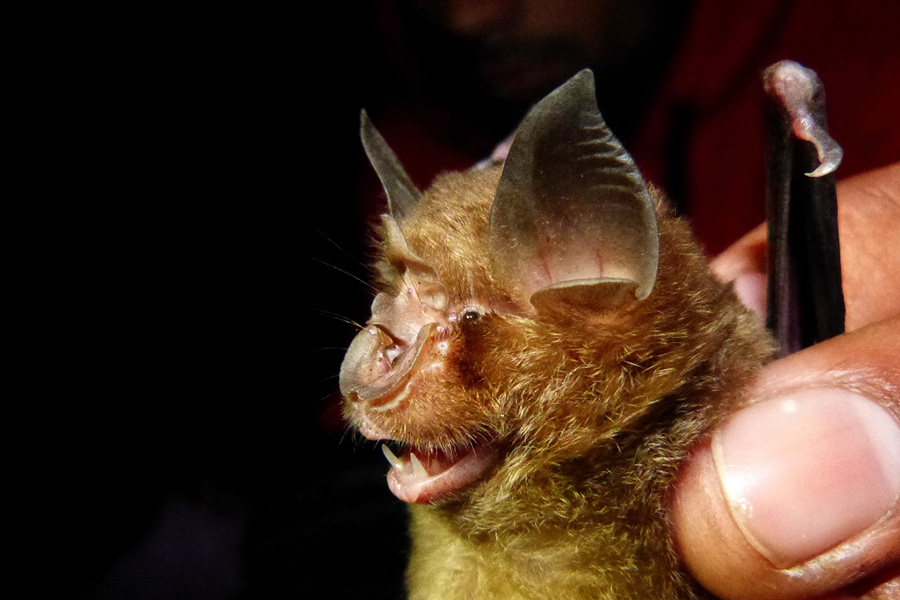
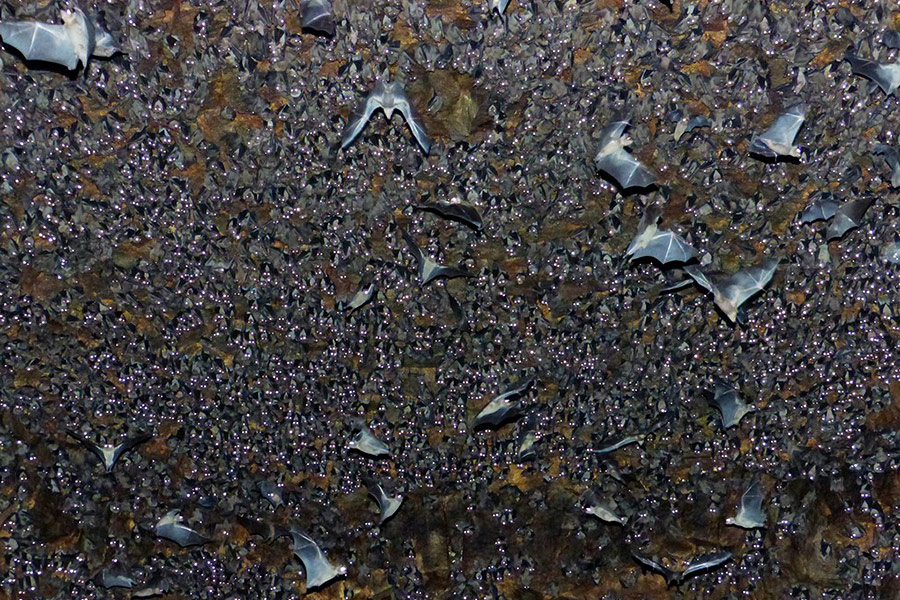
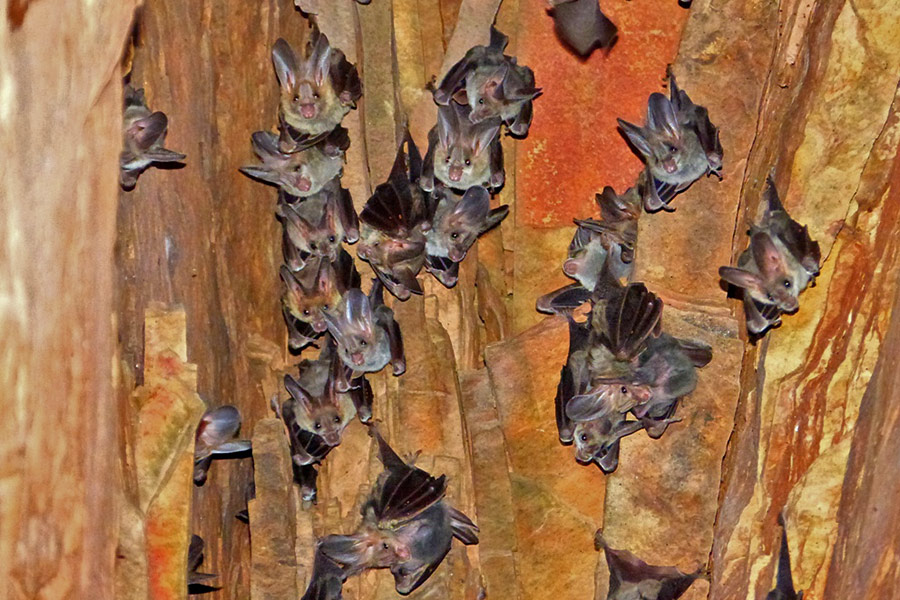
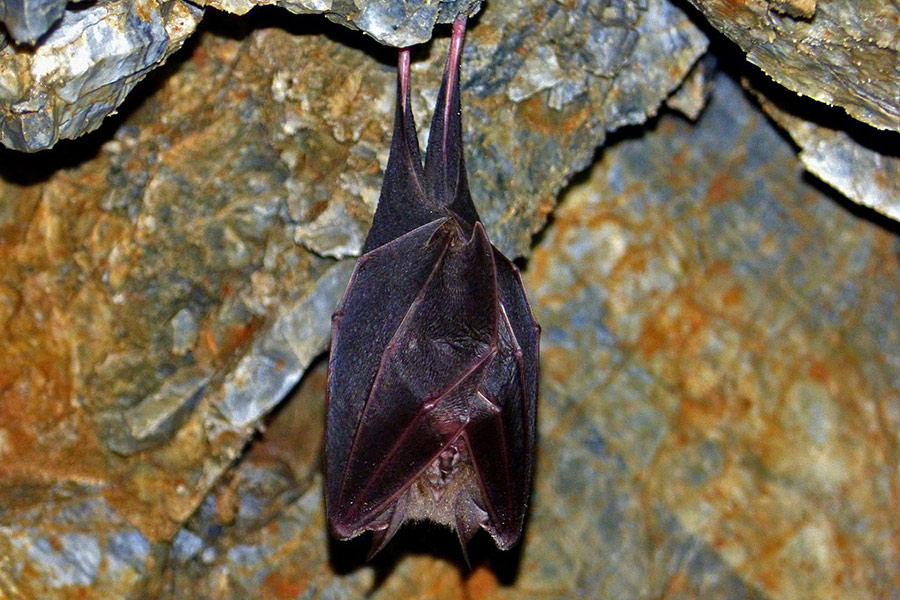
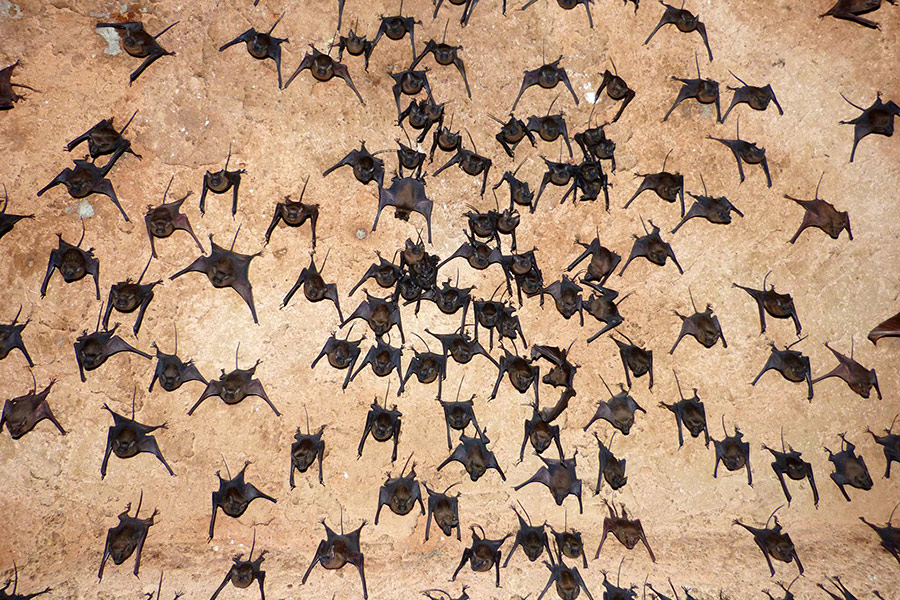
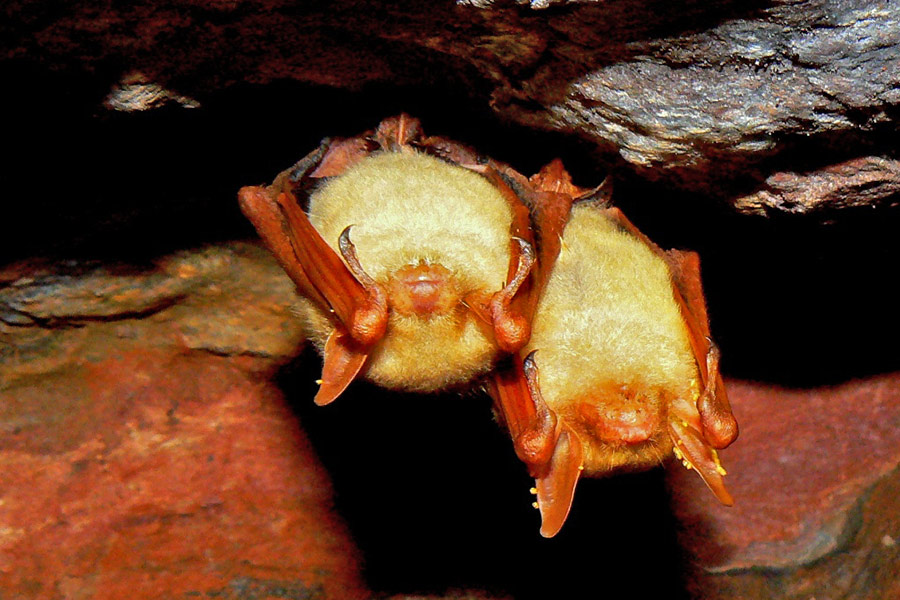
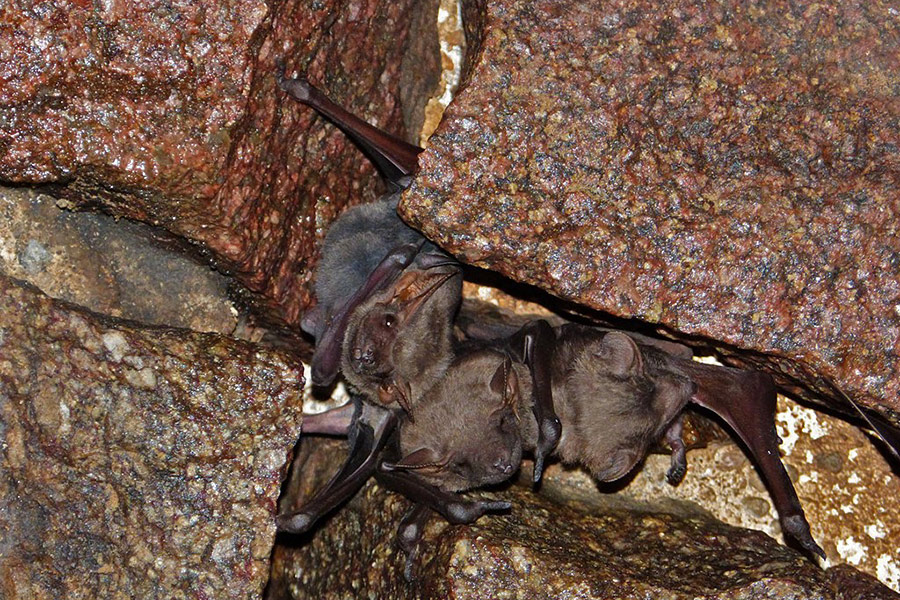
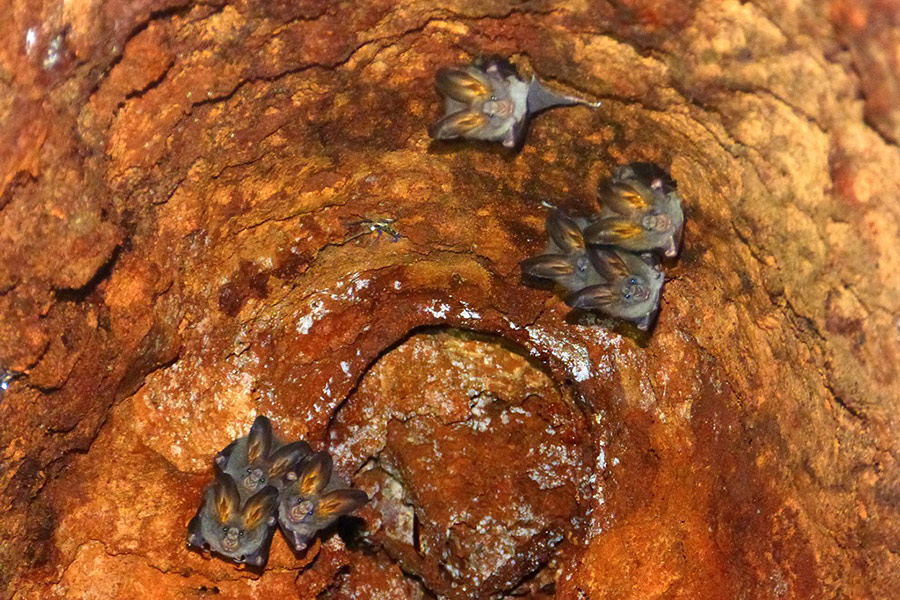
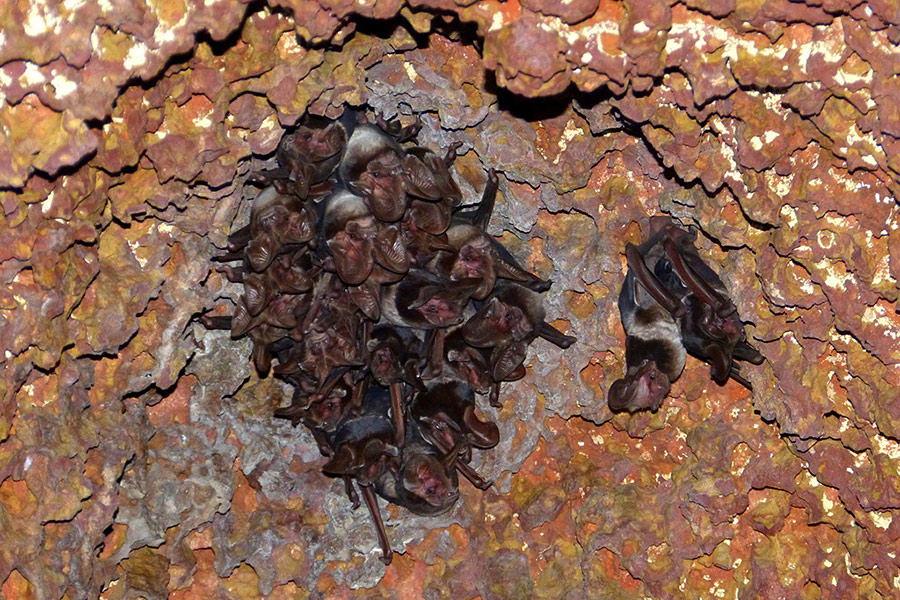
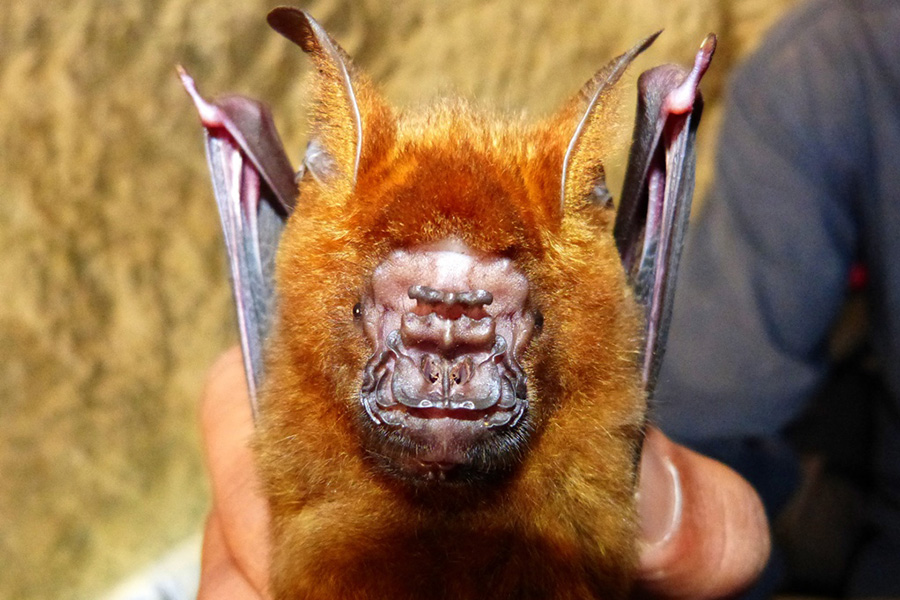
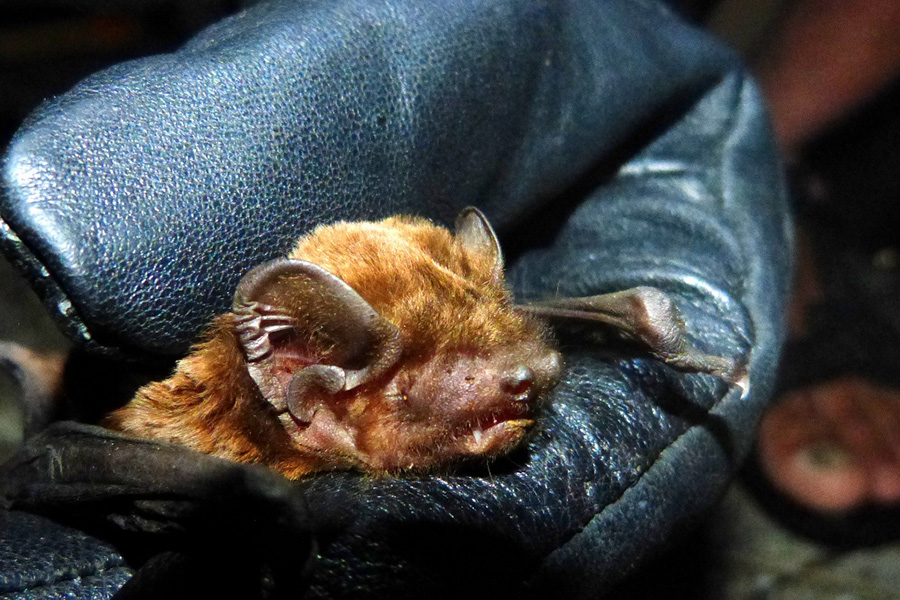
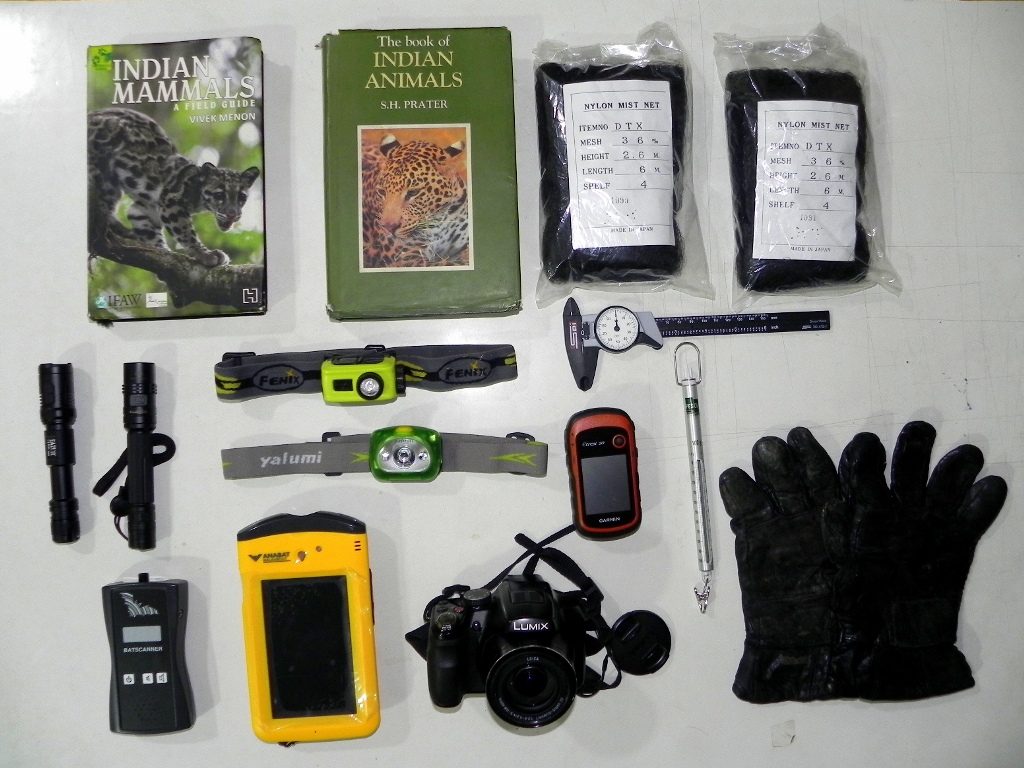
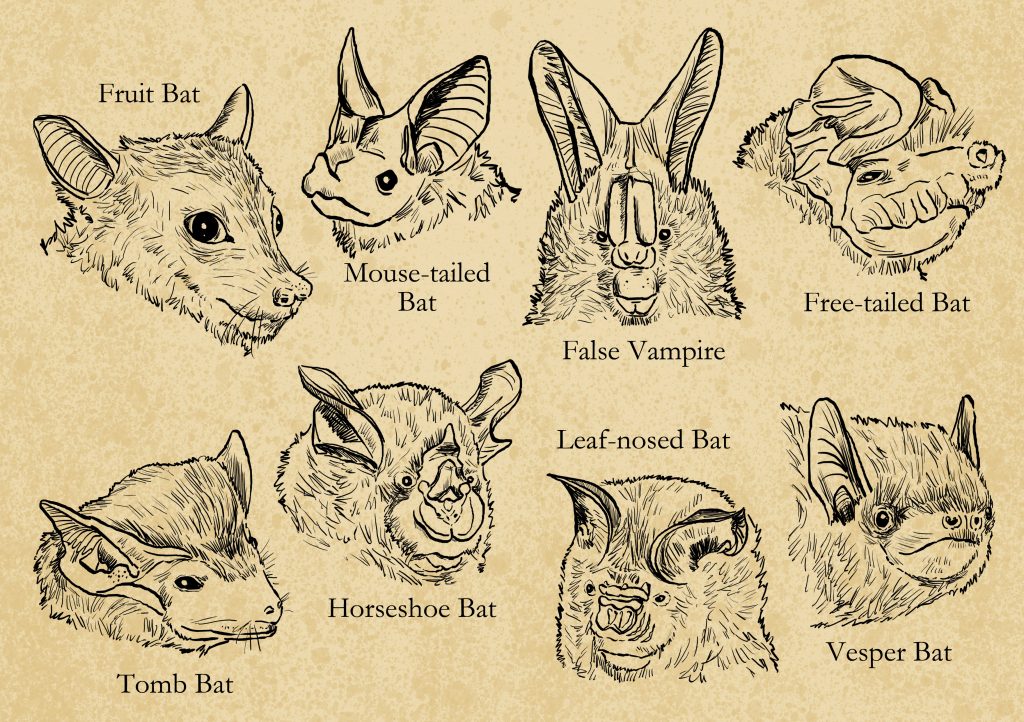
 CI is a non-profit, non-commercial portal that aims to facilitate wildlife and nature conservation by providing reliable information and the tools needed to campaign effectively.
CI is a non-profit, non-commercial portal that aims to facilitate wildlife and nature conservation by providing reliable information and the tools needed to campaign effectively.
Chosen as 'Picture of the Week'
Anybody who’s looked at the sky at dusk would know that, like birds, bats are ubiquitous. The challenge is not in knowing that they’re there but in finding out who they are and where they came from!